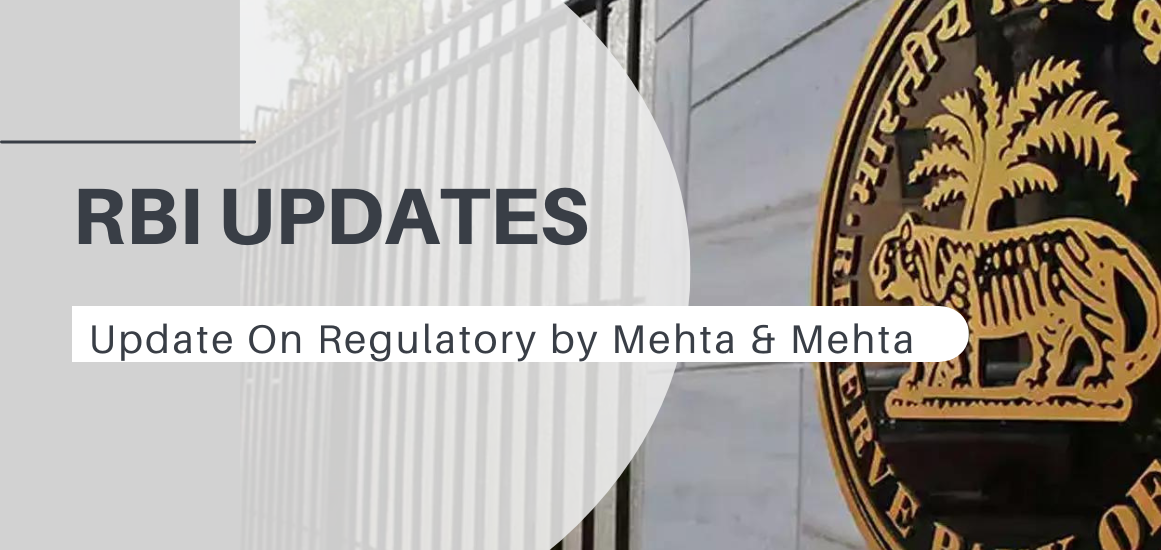



Please refer to Master Directions (MD) on Priority Sector Lending (PSL) dated September 04, 2020 as updated from time to time. The following paras of the Directions stand amended in view of factors detailed thereunder.
| Para no. of MD on PSL | Extracts of existing paras | Extracts of revised paras |
| 7 | To address regional disparities in the flow of priority sector credit at the district level, it has been decided to rank districts on the basis of per capita credit flow to priority sector and build an incentive framework for districts with comparatively lower flow of credit and a dis-incentive framework for districts with comparatively higher flow of priority sector credit. Accordingly, from FY 2021-22 onwards, a higher weight (125%) would be assigned to the incremental priority sector credit in the identified districts where the credit flow is comparatively lower (per capita PSL less than ₹6000), and a lower weight (90%) would be assigned for incremental priority sector credit in the identified districts where the credit flow is comparatively higher (per capita PSL greater than ₹25,000). The list of both categories of districts is given in Annex IA & IB. This list will be valid for a period up to FY 2023-24 and will be reviewed thereafter. The districts other than those mentioned in Annex IA and IB will continue to have existing weightage of 100%. | To address regional disparities in the flow of priority sector credit at the district level, it was decided to rank districts on the basis of per capita credit flow to priority sector and build an incentive framework for districts with comparatively lower flow of credit and a dis-incentive framework for districts with comparatively higher flow of priority sector credit. With effect from FY 2024-25, a higher weight (125%) shall be assigned to the incremental priority sector credit in the identified districts where the credit flow is comparatively lower (per capita PSL less than ₹9,000), and a lower weight (90%) will be assigned for incremental priority sector credit in the identified districts where the credit flow is comparatively higher (per capita PSL greater than ₹42,000). The list of both categories of districts is given in Annexes IA and IB and will be valid up to FY 2026-27. The districts other than those mentioned in Annexes IA and IB will continue to have existing weightage of 100%. |
| 9 | The definition of MSMEs will be as per Government of India (GoI), Gazette Notification S.O. 2119 (E) dated June 26, 2020 read with circular RBI/2020-2021/10 FIDD.MSME & NFS.BC.No.3/06.02.31/2020-21 read with FIDD.MSME & NFS. BC. No.4/06.02.31/2020-21 dated July 2, 2020, August 21, 2020 respectively on ‘Credit flow to Micro, Small and Medium Enterprises Sector’ and updated from time to time. Further, such MSMEs should be engaged in the manufacture or production of goods, in any manner, pertaining to any industry specified in the First Schedule to the Industries (Development and Regulation) Act, 1951 or engaged in providing or rendering of any service or services. All bank loans to MSMEs conforming to the above guidelines qualify for classification under priority sector lending. | The definition of MSMEs shall be as given in the Master Direction – Lending to Micro, Small & Medium Enterprises (MSME) Sector FIDD.MSME&NFS.12/06.02.31/2017-18 dated July 24, 2017 as updated from time to time. All bank loans to MSMEs shall qualify for classification under priority sector lending. |
| 27 | In respect of UCBs, the data on priority sector advances in the reporting formats ‘Statement I’ and ‘Statement II (Part A to D)’ shall be furnished at quarterly and annual intervals, to the Regional Office of DoS, RBI. | UCBs shall be guided by Master Direction – Reserve Bank of India (Filing of Supervisory Returns) Directions – 2024 dated February 27, 2024, as updated from time to time, as regards submission of data on priority sector advances. |
Link –https://www.rbi.org.in/Scripts/NotificationUser.aspx?Id=12694&Mode=0